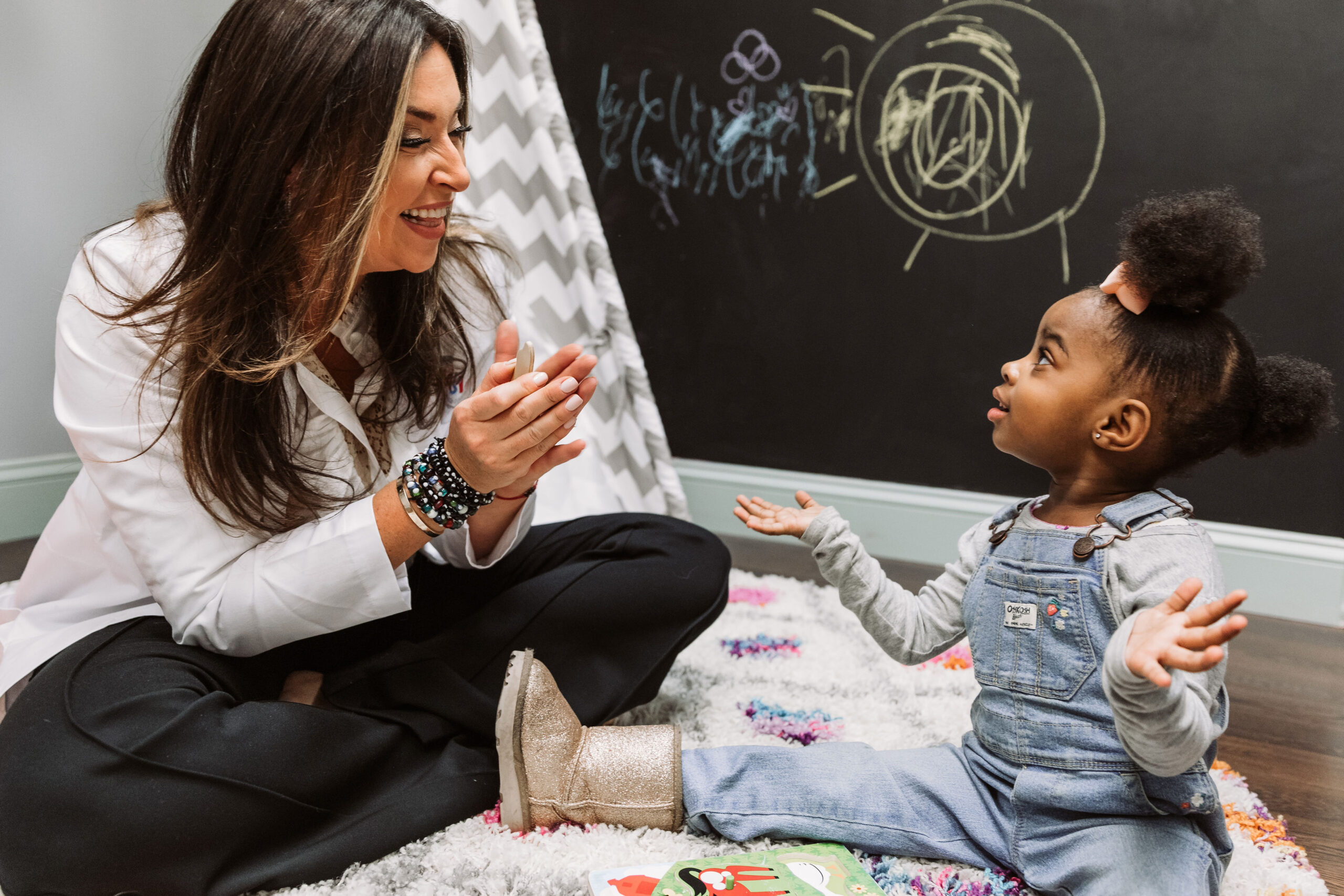
By Ellen Klein
Like many mothers, I felt powerless when my daughter finally told me that she was the victim of cyberbullying. I know that women are often subject to online harassment and abuse, but I didn’t think it would happen to an 11-year-old girl. Let alone mine.
I had watched her transform from a sweet child with a sunny personality into someone who had become demotivated and withdrawn – and she wasn’t the only one whose behavior was influenced by what she was seeing online.
I’d noticed a few times how my son quickly hid his phone screen whenever I approached him. During a heart-to-heart about his sister being cyberbullied, he told me that an online gaming buddy he met playing Minecraft had been sending him explicit photos and videos.
I realized that day I had never really taught my kids about setting digital boundaries.
The Grounding Side Of Ground Rules
I speak from experience when I say that it’s challenging for kids to form a positive relationship with technology and acquire the skills they need for self-regulation all on their own.
After unburdening myself to a couple of my closest girlfriends and asking them about their experience as parents, I realized that setting ground rules helps encourage harmony at home, support my kids’ emotional well-being, and offer a sense of security. I also realized how common digital issues were, and I found out that in the US alone, 77.5% of school students were subjected to negative or hurtful online posts about themselves, while 70.4% had rumors spread about them online. This was a huge wake-up call.
Deciding On Digital Boundaries
Acting on my intuition as a parent and on my friends’ advice, I was able to set digital boundaries with empathy, compassion, love, supportiveness, and understanding. Here’s how I approached it:
A Family Media Pact
I called a family meeting so I could have an open and honest conversation with my kids, during which I could hopefully give them a better understanding of the importance of digital boundaries and protecting their personal information.
After explaining the potential dangers of too much screen time, such as overstimulation and losing track of time, we discussed unsafe online behavior that could result in them being exposed to inappropriate content or predators.
Our conversation provided me with a deeper understanding of the connection between the needs of young people and the technology they use. Thanks to this, I had an idea of how to teach them about boundaries and set ground rules while ensuring their needs were met.
The next step was to create a family media pact that sets out our expectations and rules without making them feel policed or that I didn’t trust them.
We worked together to decide on the types of content they can access, the acceptable screen time, and the rules for device use. We also discussed the potential consequences of breaking the rules we set together.
Screen Time Limits
I’m someone who can easily lose track of time when watching videos, scrolling through timelines, or chatting with friends when I’m online, so I know how tricky it can be to find a healthy balance between screen time and no-screen time. However, we needed to do something about this.
I want my kids to be well-educated, so I wasn’t too concerned about screen time when they use their devices for educational purposes. However, we needed to find a balance for chatting, entertainment, and gaming. After speaking to them about their recreational device use, I was able to set guidelines on how much of that they could enjoy each day (yes, they grumbled, but the grumbling didn’t last for too long).
Device-Free Zones and Times
My daughter had gotten into the habit of bringing her phone to the dinner table and would check it every few seconds. She seemed more interested in her digital world than her family, and I regret not addressing this until we created our family media pact. If I’d spoken up earlier, I may have also limited the impact of the cyberbullying she was experiencing.
Part of the pact was to create device-free zones and times in our home. My kids now know that the dining room and entertainment area are for interacting with family or friends face-to-face or for relaxing, and not for screens.
Gaming and Social Media Boundaries
I don’t have anything against online games or social media. I can see how they’ve helped my kids be more creative, learn new skills, socialize, and make new friends. However, I’m painfully aware of how these platforms have exposed my kids to cyberbullying and inappropriate content. I’m also aware of how they could put my kids’ privacy at risk.
I explained which platforms they could and couldn’t use, and we set up our own Minecraft server so I could monitor who they interacted with in the game. I also set a few rules about who they could connect with on social media or gaming platforms, as well as how they could interact with them. Additionally, I encouraged them to let me know if they ever receive unsolicited communications from strangers.
Content Restrictions
I might not be as tech-savvy as other mothers, but I’ve been online since the mid-90s, so I know that you can find almost anything you can imagine online.
In our family media pact conversation, we discussed website and content restrictions, as well as people’s motivations for posting specific types of content. I explained which types of content and websites they weren’t allowed to access, reminding them that this was for their safety and not because I was trying to be controlling or acting as the tech police. But I did remind them that I could check which sites they had visited if I thought they were being untruthful.
Encouraging Healthy Tech Positivity
Technology’s not the enemy – not for me as a mother and not for my children. However, I’ve seen how easy it is for them (and myself) to get sucked into the wormhole without healthy boundaries in place.
It wasn’t an easy lesson initially, but I’ve learned that by holding a space for open, honest conversations, approaching tech positively, explaining the potential dangers, and collaborating on digital boundaries, it’s possible to teach kids in a way that will hopefully benefit them for life.

Ellen Klein is a versatile editor who brings a unique perspective to her work, with a focus on financial management, family and relationships, and health-related topics. With a realist approach, she believes in the power of planning for life’s unknowns, bringing her extensive experience to bear on business, family, and relationship advice. When Ellen isn’t editing, she can be found volunteering for social causes close to her heart, or indulging her passion for writing at her keyboard.
















